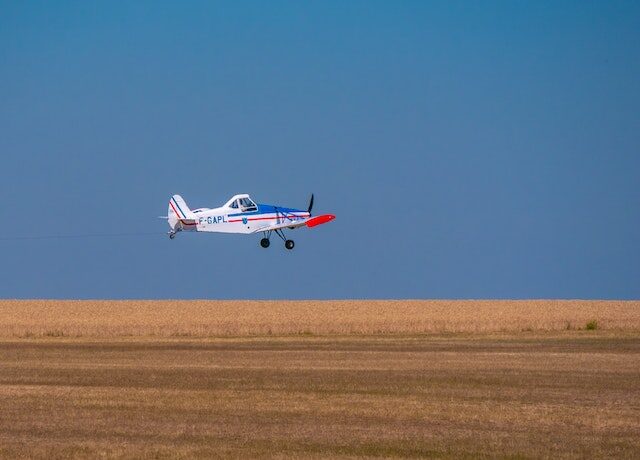The last thing an agricultural aviation operator wants to be concerned about when he receives an irate call from a client is whether or not he is adequately covered for liability in the event of a loss. Knowing which coverages are included in your policy is crucial because there are various types of liability coverage available. The basic categories of liability insurance coverages, some significant exclusions, and several available endorsements for a policy covering agricultural aviation will all be covered in this article.
Liability is the state of having a third party held legally liable for any harm you may have caused, either entirely or partially. When you are found liable, insurance policies react in one of two ways: 1) The policy pays the damages you are required by law to pay up to the coverage limit, and 2) The insurer offers a legal defence up until the limits of liability are exhausted. agricultural aircraft insurance policies have liability limits that are distinct from the costs of legal defence, and these costs are frequently much higher than those associated with paying the actual claim.

On an aircraft policy for agricultural aviation insurance, liability protection can be divided into two categories: 1) Non-Chemical (Aircraft) Liability, for bodily harm and property damage to third parties not caused by the chemical application, and 2) Chemical Liability, for harm brought on by chemical application from the air. Chemical Liability is often referred to colloquially as “drift insurance.” Options and special exclusions are available for Chemical Liability.
The three chemical liability category options are Comprehensive Chemical, which offers coverage for liability resulting from the aerial application of seeds, fertilizers, or any chemical, and any defoliant or desiccant applied in dust form, or any inorganic arsenical compound, except arsenic acid used in liquid spray form as a cotton desiccant or defoliant (some policies also add after “except picloram”). Restricted Chemical “RC,” which only covers liability for incidents involving the aerial application of seeds, fertilizer, insecticides, or fungicides, and Excluding Chemical “XC,” which only covers liabilities related to the aerial application of fertilizer and seeds, but not those related to other chemicals.

These three types of chemical liability on an unendorsed policy apply to claims arising from aerial application to property not owned by you or the person for whom you are spraying. For example, if you are spraying a wheat field for Farmer A and causing drift damage to Farmer B’s field, the policy will cover the damage to Farmer B. However, if you spray the wrong field (Target Crop) for Farmer A, apply the wrong chemical to the target field (Target Crop), or cause drift damage to another field owned by Farmer A (Adjacent Fields), there is no coverage under the unendorsed policy. To cover these risks, the policy must include endorsements for Target Crop (also known as Crops Worked on and Crops Being Treated) and Adjacent Fields. These can be purchased separately, however, if you purchase Target Crop coverage, Adjacent Fields is usually included.
In some circumstances, a farmer or contract issuer will demand that the operator add them to the operator’s insurance policy as an additional insured. To meet this requirement, a Farmer, Owner, or Grower endorsement is available. Since the operator and the additional insured share the same liability limit, doing this is not advised unless it is necessary. The coverage is weakened by adding a new insured because separate limits are not provided for each insured.





